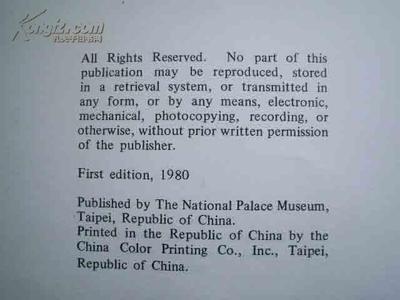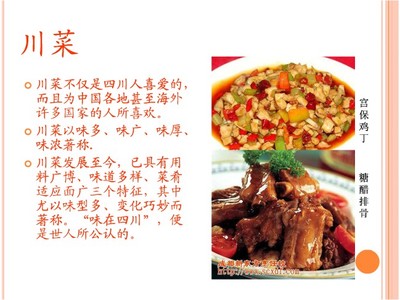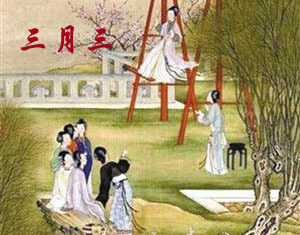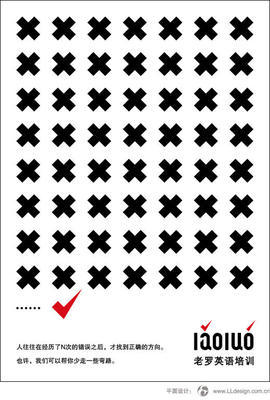
清明上河图 Along the River During the QingmingFestival
The painting is famous and has been called "China's MonaLisa".
It captures the daily life of people and the landscape of thecapital, Bianjing, today's Kaifeng, from the Song period. The themecelebrates the festive spirit and worldly commotion at the QingmingFestival, rather than the holiday's ceremonial aspects, such astomb sweeping and prayers.
The entire piece was painted in hand scroll format and thecontent reveals the lifestyle of all levels of the society fromrich to poor as well as different economic activities in ruralareas and the city.
It offers glimpses of period clothing and architecture. As anartistic creation, the piece has been revered and court artists ofsubsequent dynasties have made several re-interpretive replicas. Itis considered to be the most renowned work among all Chinesepaintings, a————nd it has been called "China's Mona Lisa.
From it,we can see tea house, bistro, diner, arch bridge, springouting vendors and peddlers, jugglers, paupers, monks, fortunetellers and seers, innkeepers, metalworkers, carpenters and soon.
Over the centuries, the Qingming scroll was collected and keptamong numerous private owners, before it eventually returned topublic ownership. The painting was a particular favorite of emperorPuyi, who took the Song Dynasty original (25.5 by 525 cm) (10 in by17 ft 3 in) with him to Manchukuo. It was later re-purchased in1945 and kept at the Palace Museum in the Forbidden City.
About 20 to 30 variations on this topic by artists of subsequentdynasties were made. Several Ming and Qing versions can be found inpublic and private collections around the world. Each versionfollows the overall composition of the original fairly faithfully,however, the details often vary widely. The Song Dynasty originaland the Qing version, in the Beijing and Taipei Palace Museumsrespectively, are regarded as national treasures and are exhibitedonly for brief periods every few years. For instance, the wait inBeijing to see the painting was three and a half hours.
Features of the Song original
In the 5.25-meter long picture, there are 814 humans, 28 boats,60 animals, 30 buildings, 20 vehicles, nine sedan chairs, and 170trees. The countryside and the densely populated city are the twomain sections in the picture, with the river meandering through theentire length.
The right section is the rural area of the city. There are cropfields and unhurried rural folk—predominately farmers, goatherds,and pig herders—in bucolic scenery. A country path broadens into aroad and joins with the city road.
The left half is the urban area, which eventually leads into thecity proper with the gates. Many economic activities, such aspeople loading cargoes onto the boat, shops, and even a tax office,can be seen in this area. People from all walks of life aredepicted: peddlers, jugglers, actors, paupers begging, monks askingfor alms, fortune tellers and seers, doctors, innkeepers, teachers,millers, metalworkers, carpenters, masons, and official scholarsfrom all ranks.
Outside the city proper (separated by the gate to the left),there are businesses of all kinds, selling wine, grain, secondhandgoods, cookware, bows and arrows, lanterns, musical instruments,gold and silver, ornaments, dyed fabrics, paintings, medicine,needles, and artifacts, as well as many restaurants. The vendors(and in the Qing revision, the shops themselves) extend all alongthe great bridge, called the Rainbow Bridge (虹橋 Hong Qiao) or, morerarely, the Shangtu Bridge (上土橋).
Where the great bridge crosses the river is the center and mainfocus of the scroll. A great commotion animates the people on thebridge. A boat approaches at an awkward angle with its mast notcompletely lowered, threatening to crash into the bridge. Thecrowds on the bridge and along the riverside are shouting andgesturing toward the boat. Someone near the apex of the bridgelowers a rope to the outstretched arms of the crew below.
In addition to the shops and diners, there are inns, temples,private residences, and official buildings varying in grandeur andstyle, from huts to mansions with grand front- and backyards.
People and commodities are transported by various modes: wheeledwagons, beasts of labor (in particular, a large number of donkeysand mules), sedan chairs, and chariots. The river is packed withfishing boats and passenger-carrying ferries, with men at the riverbank, pulling the larger ships.
Exhibition
In a rare move, the Song original was exhibited in Hong Kongfrom 29 June to mid-August 2007 to commemorate the 10th anniversaryof Hong Kong's transfer to the People's Republic of China. It isestimated that the costs of shipping the painting ran into tens ofmillions of Hong Kong dollars in addition to an undisclosed cost ofinsuring this piece of priceless art.
From January 2-24, 2012, the painting was exhibited in the TokyoNational Museum as the centerpiece of a special exhibition to markthe 40th anniversary of normalized diplomatic relations betweenChina and Japan, with the Japanese museum officials providing the"highest security standards" for the work.
Remakes
The original painting is celebrated as the most famed work ofart from the Song Dynasty. It was a pride of the personal imperialcollections of emperors for centuries. Due to its high artisticreputation, it has inspired several works of art that revived andupdated the style of the original.
An early remake, generally considered to be very faithful to theoriginal, was made by Zhao Mengfu during the Yuan Dynasty. Anothernotable remake was painted during the Ming Dynasty (14th to 17thcenturies). This version has a length of 6.7 meters, longer thanthe original. It also replaced the scenery from the Song Dynasty tothat of the Ming Dynasty based on contemporary fashions andcustoms, updating the costumes worn by the characters and thestyles of vehicles (boats and carts). The Song wooden bridge isreplaced with a stone bridge in the Ming remake. The arc of thestone bridge is much taller than that of the wooden original, andwhere the original had a boat about to crash into the bridge, thereinterpretation has a boat being methodically guided under thebridge by ropes, pulled by men ashore, several other large boatsdutifully waiting their turn, undisturbed.
Another version by five Qing Dynasty court painters (Chen Mu,Sun Hu, Jin Kun, Dai Hong and Cheng Zhidao) was presented to theEmperor Qianlong on 15 January 1737. This version, shown below, waslater moved, along with many other artifacts, to the NationalPalace Museum in Taipei in 1949.
There are many more people, over 4,000, in the Qing remake,which also is much larger (at 11 metres by 35 cm, or 37 ft by 1ft). The leftmost third of this version is within the palace, withbuildings and people appearing refined and elegant. Most peoplewithin the castle are women, with some well-dressed officials. Onthe contrary, in the original Song version, the leftmost side isstill the busy city.
Associated poem
In April 1742, a poem was added to the right-most end of theQing remake. The poem apparently was composed by Emperor Qianlong;the calligraphy is in the running script style, and is in the handof Liang Shizheng (梁詩正), a prominent court official and frequentcompanion of Emperor Qianlong.
For a three month period in the World Expo 2010 presented at theChina Pavilion, the painting was remade into a 3D animated,viewer-interactive digital version, titled River of Wisdom, about30 times the size of the original scroll. The computer animatedmural, with moving characters and objects and portraying the scenein 4-minute day to night cycles, was one of the primary exhibitionsin the Chinese Pavilion, drawing queues up to two hours with areservation. Elaborate computer animation gives life to in thepainting.
After the Expo, the digital version was on display at theAsiaWorld-Expo in Hong Kong from November 9 to November 29, 2010,where it was a major commercial success. It was then exhibited atthe Macau Dome in Macau from March 25 to April 14. The digitalpainting also traveled to Taiwan and displayed at the Expo Dome inTaipei from July 1 to September 4, 2011. From December 7, 2011 toFebruary 6, 2012, in an exhibition titled A Moving Masterpiece: TheSong Dynasty As Living Art, the digital reproduction was exhibitedat the Singapore Expo.
来源: http://en.wikipedia.org, http://en.wikipedia.org/wiki/Along_the_River_During_the_Qingming_Festival
 爱华网
爱华网


